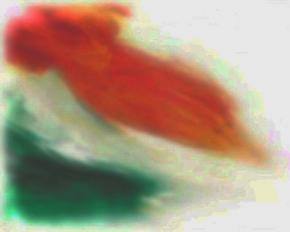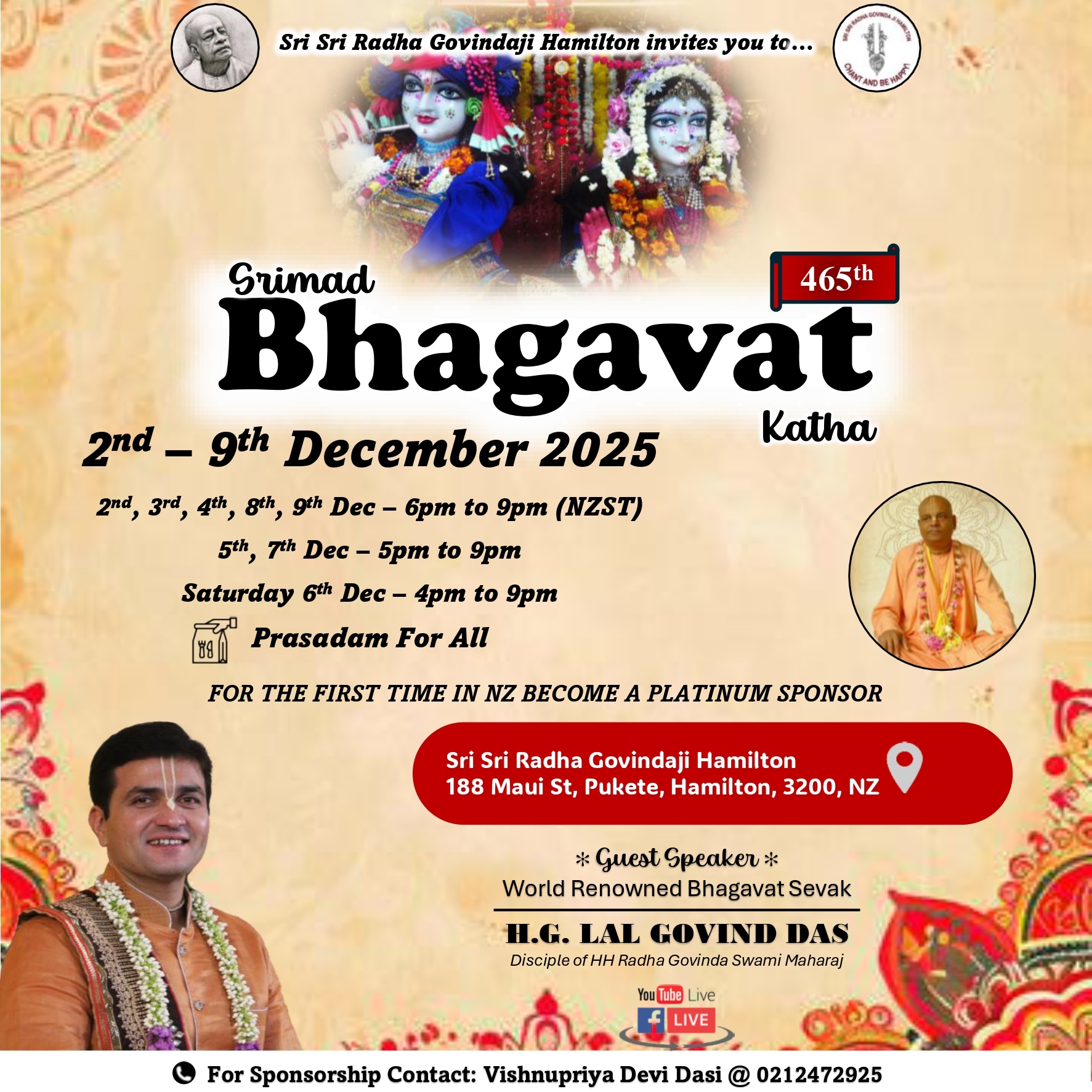The intellectual dishonesty of India’s pseudo secularists

India’s pseudo secular brigade is at it again. Artist M. F. Husain’s decision to accept citizenship from the Middle Eastern state of Qatar and live there has them raving and ranting against the Hindu majority, blaming it squarely for forcing him out of the country.
It beggars belief that these left leaning so called liberals can’t see the fact that it is the tradition of tolerance that is deeply embedded in Indian culture that gives them the very voice they use to criticise everything innately Indian, such as Hindu culture and social mores, with such impunity that borders on intellectual dishonesty and complete disrespect for the very milieu that has shaped them.
Husain is undoubtedly a well-recognised artist whose works command hundreds of thousands of dollars on the international art circuit. As much as his mastery over his craft and technique, he has built his success by regularly resorting to antics to stay in the news to raise his profile.
He has over the years put to great use the simple but clever philosophy ever so often relied on by the public relations outfits which advice Hollywood celebrities: all news – good or bad – is great so long as it polarizes people and keeps the issue in the media and the subject in the limelight. Eventually, it does great things for personal brand value. Hollywood examples of this are legion.
Husain has routinely courted controversy throughout his career by doing things out of the ordinary with the nous and elan of a marketing genius. Many years ago he decided never to use footwear and famously squatted outside a well-heeled club in Mumbai, after being refused entry because he did not have footwear on – a requirement according to the club’s rules.
That simple but brilliant act catapulted him to the front pages and he has time and again used stunts like these, without doubt to preserve and increase his brand value.
His decision many years ago to turn to painting Hindu goddesses in the nude that helped him raise his profile in the international media no end is therefore open to interpretation as more a gimmick than an expression of his art, as his pseudo secular defendants would rather have us believe.
He craftily used the inherently high sense of tolerance in the Indian psyche to embark on this path and exploited the understandably outraged reaction of a small fringe of vocal opposition to paint the majority of the country as intolerant and with no appreciation of his art. Which was gleefully seconded and amplified across the world by the intellectually dishonest pseudo secular brigade.
These people have come out in his defence saying Hindu goddesses have been traditionally depicted in the nude and so Husain has not done anything different or offensive. Although it is true that goddesses have been depicted in the nude, there always has been a mythological and ritual context for it.
Besides, these works of art and architecture mostly seen in ancient temple sculptures have been made for the purpose of worship. And most importantly, all of them have been created by legions of humble, nameless artists and craftsmen for whom their work alone was worship – not means to put their individual signatures below to hawk off at fancy dollar prices trudging the world’s art markets on their bare feet.
As for the question of context and relevance, not all goddesses are depicted in the nude traditionally – something that Husain has done and which his cronies justify citing tradition.
Husain’s contention and that of his enthusiastic followers that he has only followed the ancient tradition in depicting goddesses the way he has done rings hollow for yet another reason.
He is once said to have painted Adolf Hitler in the nude and by way of explanation said that he did it because he wanted to humiliate him for his deeds. He has also used nudity in chosen subjects to make such symbolic statements in his other work. Undoubtedly he is a master marketer and his supporters, in all their leftist pseudo liberal ideals, fail to see that their naivete has been brilliantly exploited by his foxy strategy.
In the same week that the Husain-Qatar brouhaha broke out, some cities in the state of Karnataka were ravaged by violence because exiled Bangladeshi writer Taslima Nasreen – who lives in India under government protection because her life is threatened by fundamentalists in her own country – made comments on the traditional attire of South Asian Muslim women.
She was verbally attacked by extremist elements in the media almost leading her to deny the statement she made and offering the usual explanation of being misquoted and misread.
What happened then to the great champions of creative freedom who sprang to the aid of Husain? Why did none of them have the gumption to speak on behalf of Nasreen and her creative right to speak her mind? Where were they hiding?
Also, where were these votaries of the much-cherished freedom of creative expression hiding when the Indian government banned Salman Rushdie’s book that sent him into similar self-exile for over a decade? Of course, you couldn’t in a million years expect to hear even a whisper from them on the Danish cartoons.
And around the same time earlier this month books depicting Jesus Christ with alcohol and cigarettes created a stir in the media in the North Eastern states, forcing the government to swoop down and seize the offending material. That was rightly seen as mischievous and hurtful.
Amazingly, Husain’s nude depictions of Indian goddesses is pure art, his acolytes expect everyone to believe.
Their blatant ambivalence and deafening silence on such matters that are outside the ambit of the easy to bash Hindu majority clearly expose them through their diaphanous veil of pseudo liberalism.
These people are unable to acknowledge that it is this age-old sense of tolerance that is hardwired into larger Hindu thought that gives them their voice, which unfortunately they use exclusively against itself but it is their skewed sense of political correctness fostered by their western education and mores that terrifies them from using the same yardstick to creative people’s stand on matters outside the comfort zone of Hindu tradition.
There is a saying in Hindi that describes such attitudes succinctly, “Jis thali mein khate hain, usi mein thookktein hain,” which translates as “spitting back in the same plate that you are eating from.”
India’s pseudo secular brigade is at it again. Artist M. F. Husain’s decision to accept citizenship from the Middle Eastern state of Qatar and live there has them raving and ranting against the Hindu majority, blaming it squarely for forcing him out of the country.
It beggars belief that these...
India’s pseudo secular brigade is at it again. Artist M. F. Husain’s decision to accept citizenship from the Middle Eastern state of Qatar and live there has them raving and ranting against the Hindu majority, blaming it squarely for forcing him out of the country.
It beggars belief that these left leaning so called liberals can’t see the fact that it is the tradition of tolerance that is deeply embedded in Indian culture that gives them the very voice they use to criticise everything innately Indian, such as Hindu culture and social mores, with such impunity that borders on intellectual dishonesty and complete disrespect for the very milieu that has shaped them.
Husain is undoubtedly a well-recognised artist whose works command hundreds of thousands of dollars on the international art circuit. As much as his mastery over his craft and technique, he has built his success by regularly resorting to antics to stay in the news to raise his profile.
He has over the years put to great use the simple but clever philosophy ever so often relied on by the public relations outfits which advice Hollywood celebrities: all news – good or bad – is great so long as it polarizes people and keeps the issue in the media and the subject in the limelight. Eventually, it does great things for personal brand value. Hollywood examples of this are legion.
Husain has routinely courted controversy throughout his career by doing things out of the ordinary with the nous and elan of a marketing genius. Many years ago he decided never to use footwear and famously squatted outside a well-heeled club in Mumbai, after being refused entry because he did not have footwear on – a requirement according to the club’s rules.
That simple but brilliant act catapulted him to the front pages and he has time and again used stunts like these, without doubt to preserve and increase his brand value.
His decision many years ago to turn to painting Hindu goddesses in the nude that helped him raise his profile in the international media no end is therefore open to interpretation as more a gimmick than an expression of his art, as his pseudo secular defendants would rather have us believe.
He craftily used the inherently high sense of tolerance in the Indian psyche to embark on this path and exploited the understandably outraged reaction of a small fringe of vocal opposition to paint the majority of the country as intolerant and with no appreciation of his art. Which was gleefully seconded and amplified across the world by the intellectually dishonest pseudo secular brigade.
These people have come out in his defence saying Hindu goddesses have been traditionally depicted in the nude and so Husain has not done anything different or offensive. Although it is true that goddesses have been depicted in the nude, there always has been a mythological and ritual context for it.
Besides, these works of art and architecture mostly seen in ancient temple sculptures have been made for the purpose of worship. And most importantly, all of them have been created by legions of humble, nameless artists and craftsmen for whom their work alone was worship – not means to put their individual signatures below to hawk off at fancy dollar prices trudging the world’s art markets on their bare feet.
As for the question of context and relevance, not all goddesses are depicted in the nude traditionally – something that Husain has done and which his cronies justify citing tradition.
Husain’s contention and that of his enthusiastic followers that he has only followed the ancient tradition in depicting goddesses the way he has done rings hollow for yet another reason.
He is once said to have painted Adolf Hitler in the nude and by way of explanation said that he did it because he wanted to humiliate him for his deeds. He has also used nudity in chosen subjects to make such symbolic statements in his other work. Undoubtedly he is a master marketer and his supporters, in all their leftist pseudo liberal ideals, fail to see that their naivete has been brilliantly exploited by his foxy strategy.
In the same week that the Husain-Qatar brouhaha broke out, some cities in the state of Karnataka were ravaged by violence because exiled Bangladeshi writer Taslima Nasreen – who lives in India under government protection because her life is threatened by fundamentalists in her own country – made comments on the traditional attire of South Asian Muslim women.
She was verbally attacked by extremist elements in the media almost leading her to deny the statement she made and offering the usual explanation of being misquoted and misread.
What happened then to the great champions of creative freedom who sprang to the aid of Husain? Why did none of them have the gumption to speak on behalf of Nasreen and her creative right to speak her mind? Where were they hiding?
Also, where were these votaries of the much-cherished freedom of creative expression hiding when the Indian government banned Salman Rushdie’s book that sent him into similar self-exile for over a decade? Of course, you couldn’t in a million years expect to hear even a whisper from them on the Danish cartoons.
And around the same time earlier this month books depicting Jesus Christ with alcohol and cigarettes created a stir in the media in the North Eastern states, forcing the government to swoop down and seize the offending material. That was rightly seen as mischievous and hurtful.
Amazingly, Husain’s nude depictions of Indian goddesses is pure art, his acolytes expect everyone to believe.
Their blatant ambivalence and deafening silence on such matters that are outside the ambit of the easy to bash Hindu majority clearly expose them through their diaphanous veil of pseudo liberalism.
These people are unable to acknowledge that it is this age-old sense of tolerance that is hardwired into larger Hindu thought that gives them their voice, which unfortunately they use exclusively against itself but it is their skewed sense of political correctness fostered by their western education and mores that terrifies them from using the same yardstick to creative people’s stand on matters outside the comfort zone of Hindu tradition.
There is a saying in Hindi that describes such attitudes succinctly, “Jis thali mein khate hain, usi mein thookktein hain,” which translates as “spitting back in the same plate that you are eating from.”









Leave a Comment